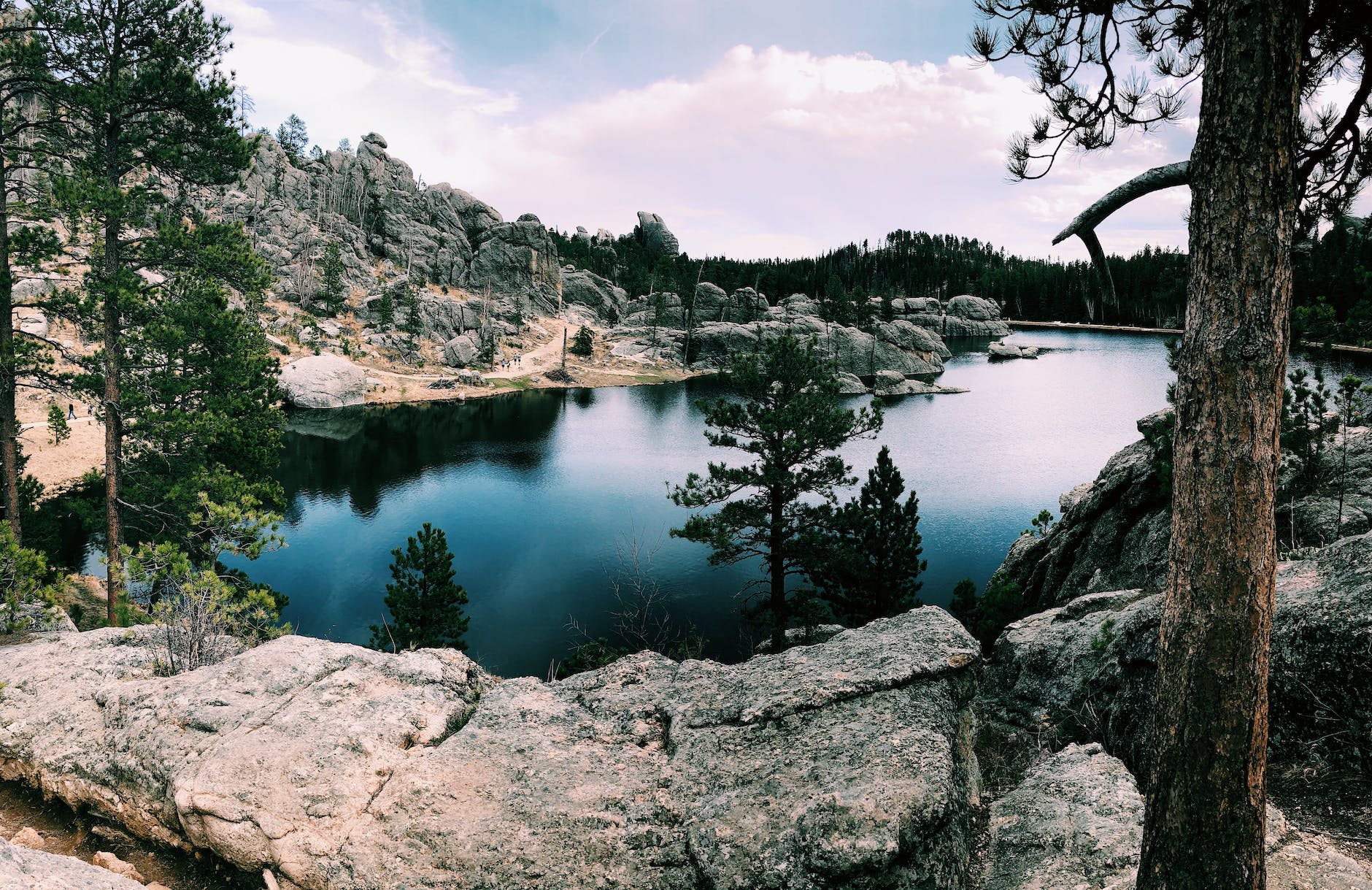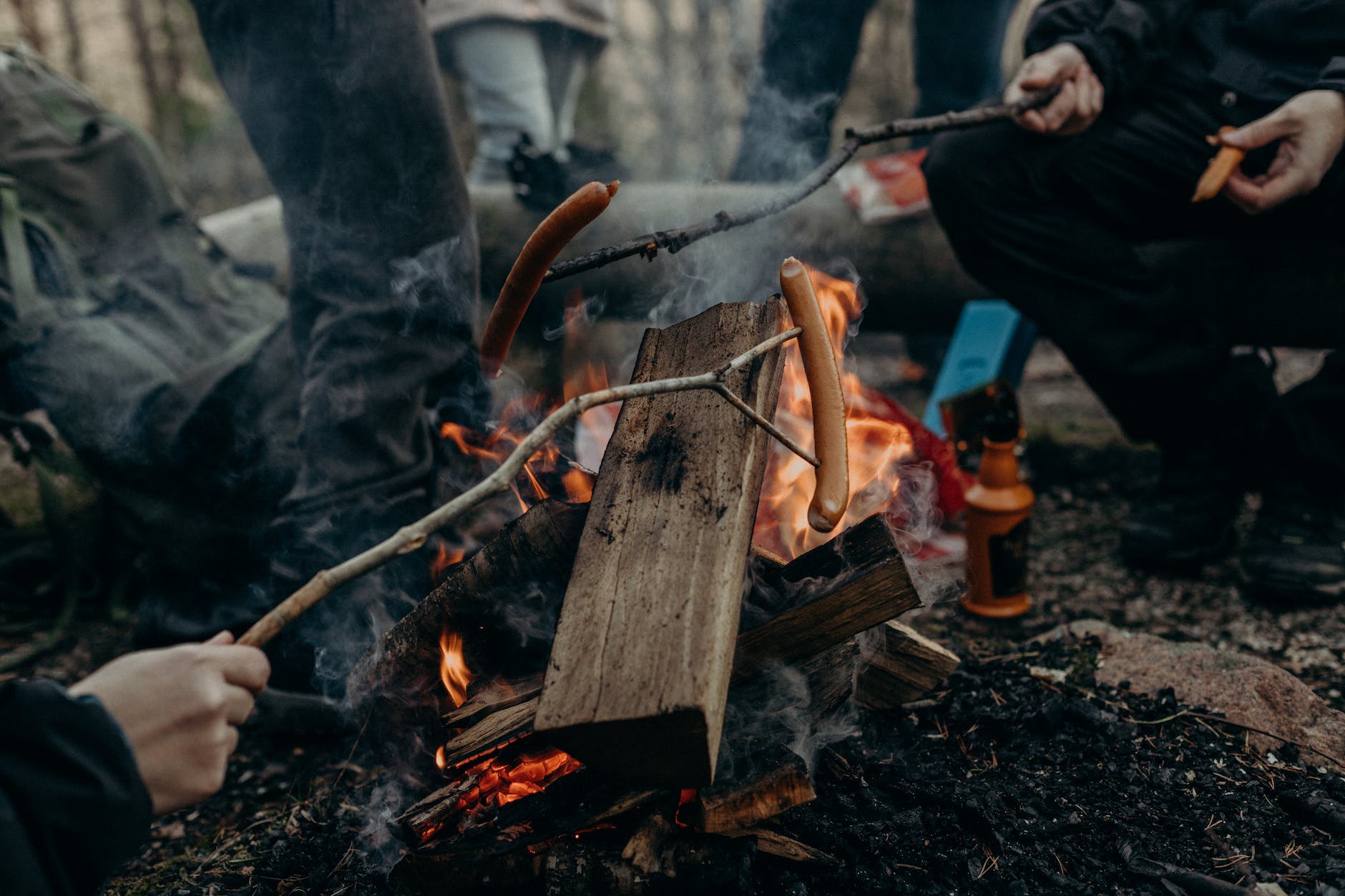
Understanding the Fundamentals of Wilderness Survival
The Importance of Being Prepared
Surviving in the wilderness requires a combination of knowledge, skills, and preparedness. In this comprehensive guide, we will explore the essential wilderness survival techniques that every outdoor enthusiast should know. Whether you’re planning a hiking trip, camping adventure, or simply want to be equipped with valuable survival skills, this guide will provide you with the necessary information to navigate and overcome the challenges of the wilderness.
Assessing the Risks and Hazards
Before venturing into the wilderness, it’s crucial to assess the potential risks and hazards that you may encounter. Understanding the environment you will be entering is essential for adequate preparation. Consider factors such as the terrain, climate, wildlife, and any potential natural hazards such as avalanches, flash floods, or extreme weather conditions. By identifying and understanding these risks, you can take the necessary precautions and make informed decisions during your wilderness journey.
The Rule of Threes
When it comes to wilderness survival, the “Rule of Threes” is a fundamental concept to remember. It states that humans can survive:
- Approximately 3 minutes without air
- Roughly 3 hours without shelter (in extreme weather conditions)
- About 3 days without water
- Around 3 weeks without food
Understanding these timeframes highlights the critical importance of prioritizing your survival needs. Focus on securing air, shelter, water, and food in that order. By understanding the Rule of Threes, you can make informed decisions and allocate your resources effectively.
The Survival Mindset
A strong mindset is a crucial element in surviving the wilderness. Maintaining a positive and focused mindset helps you stay calm, think rationally, and make sound decisions even in stressful situations. It’s essential to manage fear, panic, and stress, as they can impair judgment and hinder your ability to survive. Developing mental resilience, adaptability, and resourcefulness are key aspects of the survival mindset.
Basic Wilderness Navigation Techniques
Using a Compass
Navigating through the wilderness is a vital skill for survival. A compass is a reliable tool that can guide you in the right direction. Understand the basic components of a compass, such as the magnetic needle and the direction of travel arrow. Learn how to read a compass, follow bearings, and use it in conjunction with a map to navigate accurately. Practice using a compass in different terrains and become familiar with orienteering techniques to enhance your navigation skills.
Reading Topographic Maps
Topographic maps provide valuable information about the terrain, elevation, water sources, and landmarks in a particular area. Learn how to interpret contour lines, symbols, and scales on a topographic map. Understand how to plan routes, identify key features, and estimate distances. By mastering the art of reading topographic maps, you can navigate with confidence and find your way through the wilderness effectively.
Using Natural Navigation Methods
In addition to compasses and maps, natural navigation methods can be useful when traditional tools are not available. Learn how to navigate using the sun, moon, stars, and natural landmarks like trees, rivers, and rock formations. Observing the position of the sun and shadows, determining cardinal directions, and understanding celestial navigation techniques can serve as reliable backup methods for wilderness navigation.
Finding and Purifying Water in the Wilderness
Water Sources in the Wild
Water is essential for survival, and finding safe water sources is crucial in the wilderness. Learn how to locate potential water sources such as rivers, streams, lakes, and natural springs. Understand that not all water sources are safe to drink, as they may contain harmful microorganisms or contaminants. Assess the quality of water by observing its appearance, odor, and potential contamination sources in the surroundings.
Water Purification Methods
Purifying water in the wilderness is vital to prevent waterborne illnesses. Explore different water purification methods such as boiling, chemical treatment, filtration, and using ultraviolet (UV) light. Understand the advantages and limitations of each method, and pack the necessary equipment such as water filters, purifying tablets, or a portable UV sterilizer in your survival kit.
Collecting and Preserving Water
In certain situations, water sources may be scarce or unavailable. Learn alternative methods for collecting water, such as constructing a solar still, capturing rainwater, or using condensation techniques. Additionally, explore water preservation methods, such as using containers or building underground storage systems, to ensure a steady supply of clean water for the duration of your wilderness survival journey.
Shelter and Fire Building in the Wilderness

Building a Shelter in the Wilderness
Understanding Shelter Basics
When surviving in the wilderness, having a shelter is crucial for protection from the elements and maintaining body heat. Explore different types of shelters based on the environment and available resources. Learn how to assess the surroundings for suitable shelter locations, taking into consideration factors such as terrain, wind direction, and natural materials that can be used for construction.
Emergency Shelters
In emergency situations or when time is limited, knowing how to quickly construct an emergency shelter can be a lifesaver. Discover various emergency shelter options such as debris shelters, lean-tos, and improvised shelters using tarps or ponchos. Understand the construction techniques, including selecting the right location, utilizing natural materials, and securing the shelter for stability and protection.
Long-Term Shelter Solutions
In prolonged survival situations, it’s essential to create more durable and comfortable shelters. Learn about long-term shelter options such as lean-to shelters, A-frame shelters, or even constructing a primitive log cabin. Understand the importance of insulation, ventilation, and waterproofing to create a secure and habitable shelter for extended stays in the wilderness.
Fire Building Techniques
The Importance of Fire in Wilderness Survival
Fire serves multiple purposes in the wilderness, from providing warmth and cooking food to purifying water and signaling for help. Learn about the significance of fire and how it can improve your chances of survival. Understand the fire triangle, which consists of fuel, heat, and oxygen, and how to manipulate these elements to start and maintain a fire.
Fire Starting Methods
Explore different fire starting methods and the tools required for each. From traditional methods like friction-based fire starting (such as using a bow drill or hand drill) to modern tools like lighters, waterproof matches, and fire starters. Practice these techniques in controlled environments before relying on them in actual survival situations.
Building and Managing a Fire
Building a fire involves selecting the right location, gathering tinder, kindling, and fuel, and arranging them properly. Understand the different types of fire lays, such as the teepee, log cabin, or lean-to method, and when to use each. Learn how to manage and maintain a fire, including adding fuel, adjusting airflow, and safely extinguishing the fire when no longer needed.
Fire for Cooking and Water Purification
Discover techniques for cooking food and purifying water using a fire. Understand the basics of campfire cooking, including using grills, skewers, or improvised cookware. Learn about the boiling method for water purification and how to safely handle and store water for cooking and drinking purposes.
Essential Survival Tools and Equipment
Knives and Multi-tools
Knives and multi-tools are essential for various survival tasks, such as cutting, carving, preparing food, and building shelters. Explore different types of knives and multi-tools available, considering factors like blade material, size, and functionality. Learn how to safely handle and maintain these tools to ensure their effectiveness in survival situations.
Cordage and Rope
Having strong and versatile cordage is invaluable in the wilderness. Learn about different types of natural and synthetic cordage, such as paracord or bank line. Understand how to tie essential knots for shelter building, trapping, first aid, and securing gear. Practice tying knots like the bowline, clove hitch, and taut-line hitch to enhance your skills.
Signaling Devices
In survival situations, it’s essential to attract attention and communicate your presence to potential rescuers. Explore signaling devices such as whistles, signal mirrors, flares, or handheld radios. Understand the proper techniques for using these devices effectively and how to adapt signaling methods to different environments and conditions.
Navigation Aids
Navigation aids are crucial for finding your way in the wilderness. Learn about essential navigation tools such as compasses, maps, GPS devices, or smartphone apps. Understand how to use these tools to plot routes, determine your location, and navigate safely through unfamiliar terrain.
Finding Food, Basic First Aid, and Emergency Signaling

Sourcing Food in the Wilderness
Edible Wild Plants and Foraging
When food resources are scarce, knowing how to identify edible wild plants and forage for food becomes essential. Explore common edible plants found in the wilderness, such as berries, nuts, and leafy greens. Learn how to identify these plants accurately, differentiate them from poisonous species, and gather them safely. Understand ethical foraging practices, including proper harvesting techniques and the importance of sustainable foraging.
Trapping and Hunting
Trapping and hunting are valuable skills for procuring food in the wilderness. Familiarize yourself with different types of traps and snares, such as deadfalls and figure-four traps. Learn about basic hunting techniques, including tracking, stalking, and understanding animal behavior. Understand local hunting regulations and ethical considerations when hunting for survival purposes.
Fishing and Gathering Water Food Sources
Water bodies in the wilderness can provide a potential food source through fishing. Learn basic fishing techniques using improvised tools like spears, traps, or handmade fishing lines and hooks. Explore methods for gathering water-based food sources like crayfish, clams, or edible aquatic plants. Understand local fishing regulations and practice catch-and-release whenever possible to preserve the ecosystem.
Basic First Aid in Wilderness Situations
Assessing and Prioritizing Injuries
In a survival scenario, knowing how to assess and prioritize injuries is crucial. Learn how to conduct a primary survey to identify life-threatening conditions. Understand the ABCs of first aid: Airway, Breathing, and Circulation. Learn basic first aid techniques for treating wounds, fractures, burns, and insect bites. Practice bandaging techniques for immobilization and creating slings for limb injuries.
Dealing with Environmental Hazards and Injuries
In the wilderness, exposure to environmental hazards can result in injuries or illnesses. Learn how to prevent and manage common wilderness-related issues, such as hypothermia, heat exhaustion, dehydration, and sunburn. Understand the signs and symptoms of these conditions and the appropriate first aid measures to provide immediate relief and prevent further complications.
Improvising First Aid Tools and Supplies
In a survival situation, you may not have access to a fully stocked first aid kit. Learn how to improvise essential first aid tools and supplies using available resources. Explore techniques for creating bandages from clothing or natural materials, using clean water for wound cleaning, and utilizing natural antiseptics like honey or aloe vera for wound treatment. Improvisation skills are vital when traditional medical supplies are not readily available.
Emergency Signaling and Rescue
Visual Signaling Techniques
In an emergency situation, effectively signaling for help can significantly increase your chances of being rescued. Learn visual signaling techniques such as using signal mirrors, brightly colored materials, or reflective surfaces to attract attention from potential rescuers. Understand how to create and display distress signals, including SOS symbols or large “X” marks on the ground or in open areas.
Auditory Signaling Techniques
Sound signals can be effective in alerting rescuers to your presence. Explore auditory signaling methods, including using whistles, horns, or improvised noise-making devices. Learn Morse code for signaling SOS or other emergency messages using sound or light signals. Practice using these techniques in different environments and understand the limitations of sound-based signaling.
Fire Signaling
Fire can be a powerful signaling tool in wilderness survival situations. Learn how to create different types of smoke signals using your fire, such as short and long bursts or variations in smoke patterns. Understand the importance of selecting a visible location for your fire and coordinating with search and rescue teams to ensure they can identify your signal.
Radio Communication
If you have access to a handheld radio or other communication devices, learn how to use them effectively to contact emergency services or nearby individuals. Understand proper radio etiquette, channel selection, and basic radio communication protocols. Familiarize yourself with the range and limitations of your communication devices in wilderness environments.
Conclusion
Surviving in the wilderness requires a combination of knowledge, skills, and preparation. By understanding the fundamentals of wilderness survival, including shelter building, fire techniques, sourcing food, basic first aid, and emergency signaling, you can enhance your chances of staying safe and increasing your chances of rescue in challenging situations. Remember, practice these skills in controlled environments, and always prioritize safety and responsible wilderness practices. With the right mindset and adequate preparation, you can confidently enjoy your wilderness adventures while being prepared for the unexpected.

Recent Comments